
Three headphones for indoors: pros and cons of cans that bring music, movies and gaming to life, without annoying the neighbours
A US$999 pair you can plug straight into your smartphone, a US$200 pair meant for gamers that delivers home theatre sound to the ear cups, and a US$2,400 pair that are almost too good – unplug your speakers and put on the cans
Headphones are great for commuting or for exercising in the open air, but there are also models made especially for indoor use so you can enjoy the mind-blowing sounds of a home hi-fi, theatre or gaming system without rocking your – and your neighbour’s – flat.

Razer Tiamat 7.1
The Razer Tiamat 7.1 V2 is a unique pair of headphones billed as the pinnacle of gaming audio immersion. They promise pinpoint positional audio through 7.1 surround sound to give first-person shooter gamers an advantage over the competition.
For the rest of us, the 10 sound drivers that Razer engineered into the headphones – five in each ear cup – is what makes them so interesting. This is almost akin to squeezing your entire home theatre system into a single pair of headphones for unbeatable surround sound.
Hardware and performance
Setting up the Razer Tiamat entails plugging five 3.5mm stereo connectors into a supported sound card – the fifth plug is for the microphone. There is also a USB connector for power, though the combined braided cable thankfully makes the mass of plugs quite manageable.
Brain-zapping headphones that claim to make you a better athlete
While the cable is long, note that it may not be long enough for users looking to plug the Tiamat to a system in the living room. An integrated audio control unit lets you toggle between 7.1 surround sound and stereo, mute the microphone, or switch to external speakers. You can also use the built-in dial to toggle between the different channels and individually adjust their volume.
Razer says the Tiamat’s headband construction offers balanced weight distribution and reduced clamping force. What it’s talking about is an elastic top band that rests snugly on your head. Overall, I found the headphones to be quite comfortable, and the ear cups were adequately sized for my largish ears.
Users plugging the Tiamat into a PC for films will need to remember to enable surround sound in the Sound properties setting in Windows. You will also need to toggle “7.1” mode when watching Netflix films, or playing games that support surround sound.
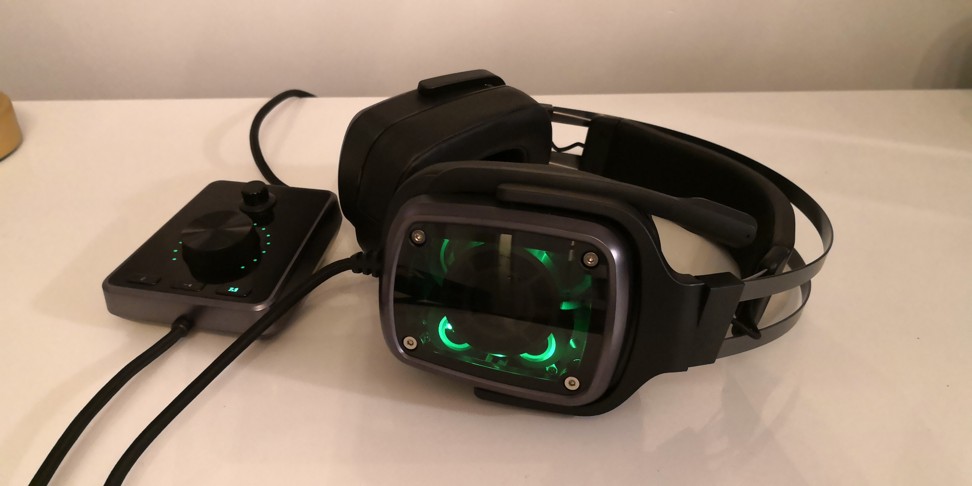
Pros and Cons
The biggest downside is probably the difficulty of finding systems and media sources that can take full advantage of the Tiamat’s 7.1 capabilities. Most films are 5.1 only, and only a handful of sound cards offer 7.1 audio output. In most cases, this means that you will have to sacrifice one sound channel by leaving one cable unplugged. On the other hand, having four drivers delivering music to each ear is still highly impressive.
Price: US$200

Hifiman Ananda
The Ananda is the latest headphone set from China-headquartered headphones specialist Hifiman. Like the other headphones from its extensive range, the Ananda eschew the dynamic drivers found in most headphones for flat planar magnetic drivers that promise even, precise music playback to please audiophiles.
The Ananda’s claim to fame is that it can be used without special headphone amplifiers, meaning it can be plugged straight into your smartphone. Under the hood, a new. substantially thinner driver diaphragm promises a more detailed audio response while retaining the company’s trademark musicality.
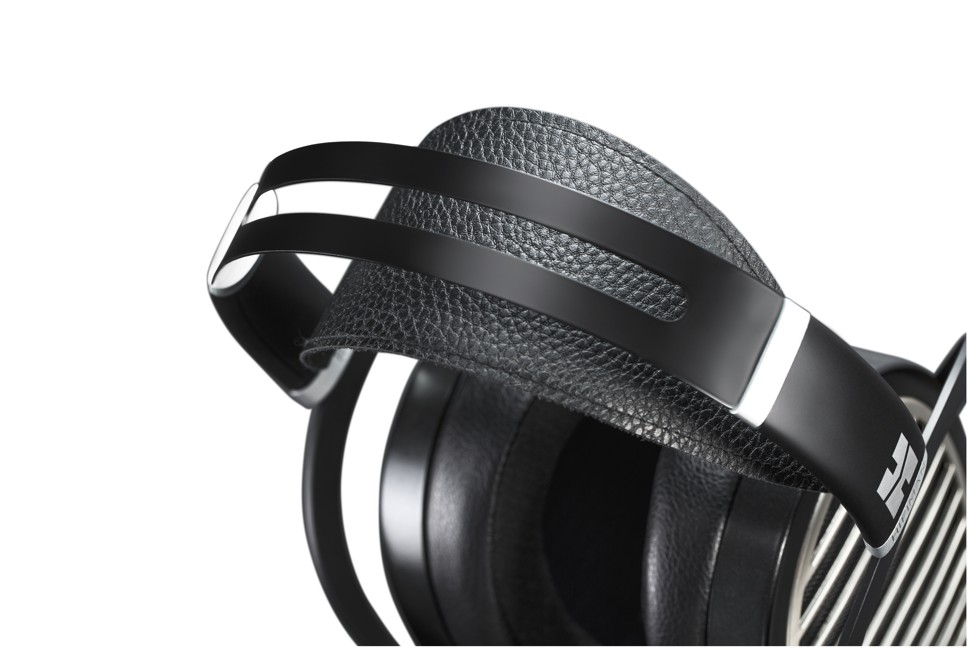
Hardware and performance
For long-term comfort, Ananda adopts a hybrid system that pairs a weight dispersing strap like that found on the Razer Tiamat with an adjustable headband. Asymmetrical ear cups follow the natural shape of the human ear and are so huge they swallowed my ears within the soft ear cushions. They don’t touch your ears and are very comfortable.
In most cases, setting the headphones up entails plugging the removable cables into your audio player or smartphone of choice. Obviously, your device must come with a 3.5mm audio jack. These are very good sounding headphones that deliver a broad sound stage. Bass is focused and tight, while highs come across with a good amount of detail and no muddying or distortion even at hear-loss-inducing volumes.
Garmin Fenix 5 Plus a rugged smartwatch with bells and whistles
Instruments and vocals were clearly separate in the songs I tested, and simply refused to coalesce into a “wall of sound” like in some headphones. This was true across a wide genre of music, ranging from Sweet child O’ mine by Guns N’ Roses to Whitney Houston’s I will always love you. And with high-definition music streaming service Tidal, I heard details in my favourite tracks that I had never noticed before.
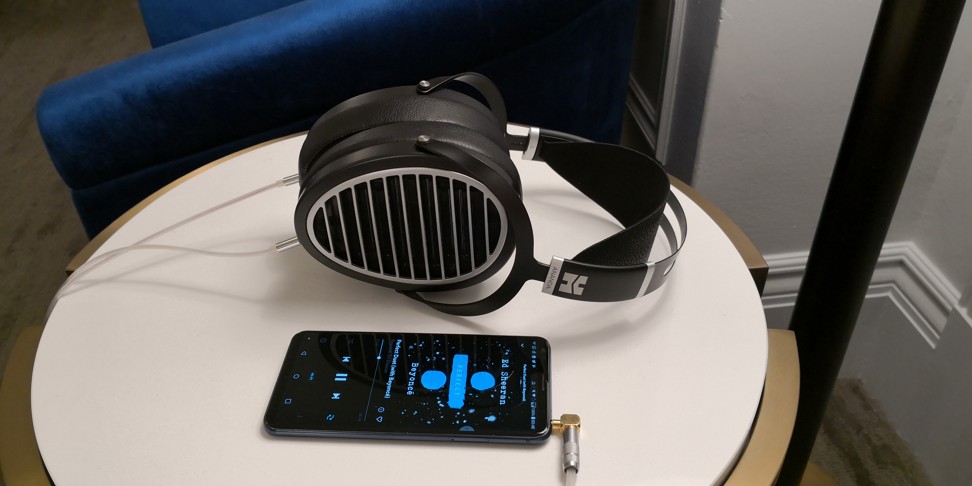
Pros and Cons
The Ananda headphones paired with an LG V30+ smartphone and on-board Quad-DAC (Digital-to-Analogue Converter) at its loudest were loud enough to rival its built-in speakers at maximum – but without the distortion of the latter. However, your mileage may vary depending on your choice of music player.
While not unreasonably heavy for headphones in this category, the Ananda’s weight of 399 grams may also take some getting used to. Of course, the Ananda does feature an open design that lets someone across the room hear what you are listening to. This makes the Ananda suitable only for those with their own flat – or room – to themselves.
Price: US$999
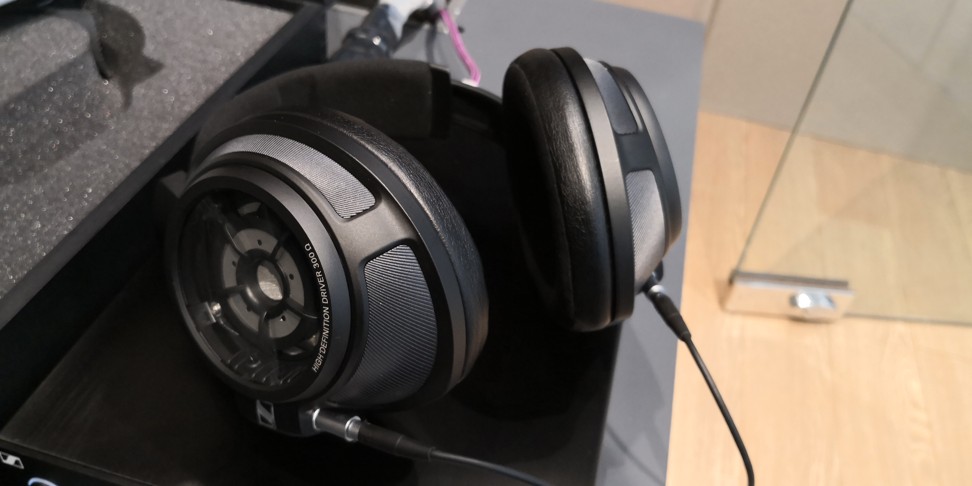
Sennheiser HD 820
The new Sennheiser HD 820 is a groundbreaking headset designed for an unparalleled listening experience from closed-type headphones. While the design of such headphones can offer a limited sound stage, Sennheiser says the HD 820 delivers a realistic, natural sound field without the rampant sound leakage inherent to an “open” design.
Sennheiser achieves this with careful design of the HD 820’s ear cups for a larger interior volume for a larger sound stage. Crucially, a piece of concave Gorilla Glass 6 glass strategically reflects outgoing sound right into a side absorption chamber in the headphones to minimise sound leakage and resonance.
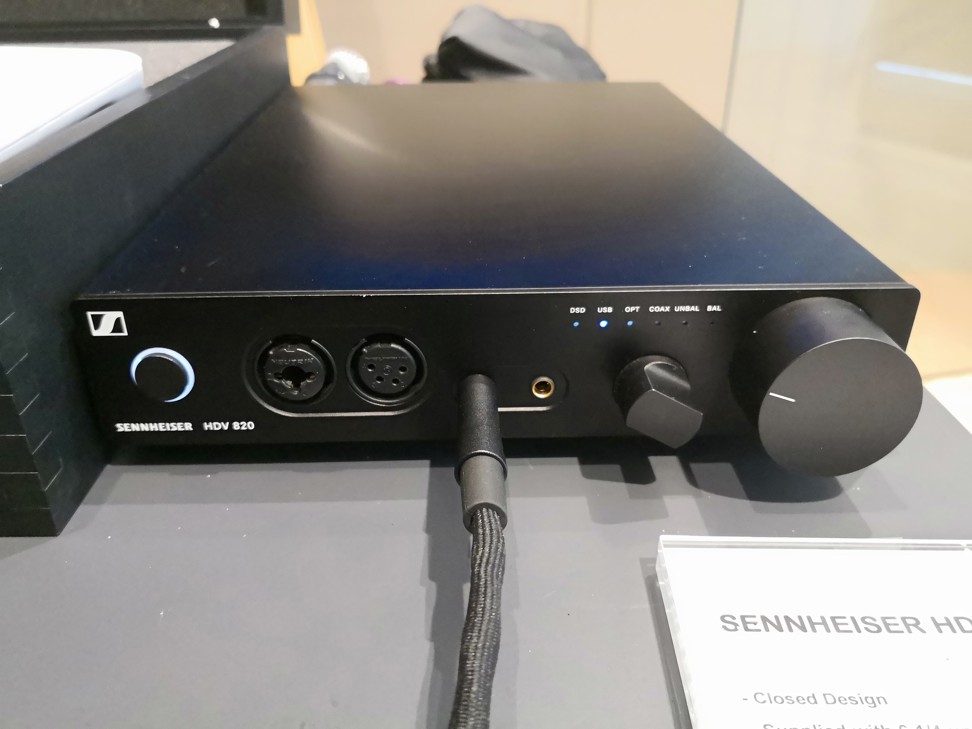
Performance
If it isn’t apparent by now, the HD 820 isn’t your run-of-the-mill pair of headphones. Properly driving them requires pairing them with a suitable external headphone amplifier. Unsurprisingly, Sennheiser recommends that you get its top-tier desktop HDV 820 amplifier, effectively doubling the already eye-watering price tag.
The bonus is that the HDV 820 supports multiple input connectors, making it possible to integrate existing equipment such as a media PC, TV or dedicated music player. Once you get everything set up and plugged in, though, you get an immersive pair of headphones that delivers evocative music with minimal sound leakage that must be heard to be believed.
From the undulating vocals of Adele in Rolling in the deep to the lifelike reproduction of alarms and chimes at the start of Pink Floyd’s Time, sound imaging was superbly detailed, with precise placement of instruments. Close our eyes, and you could almost imagine that you are listening to the output of a wall of speakers.
The US$450 Oppo R15 that will make others think you’ve an iPhone X
Pros and Cons
There was minimal sound leakage even at high volumes – and practically zero at normal listening levels, making it possible to use the HD 820 in the bedroom, or perhaps while keeping an eye on the baby. Interestingly, the concave glass piece does not completely block off external sound. This makes a normal conversation almost possible if the music is not dialled up too high, unlike other types of closed headphones.
On the downside, using the HD 820 with sound sources such as MP3 files or streaming from Spotify simply won’t do justice to the headphones’ capabilities. Indeed, making optimum use of the HD 820 requires you to consider technical details that you may never have heard of before, such as the bit rate of recordings and file format of songs.
Spouse and child-friendly it may be, though it probably won’t do your wallet any favours.
Price: US$2,400

